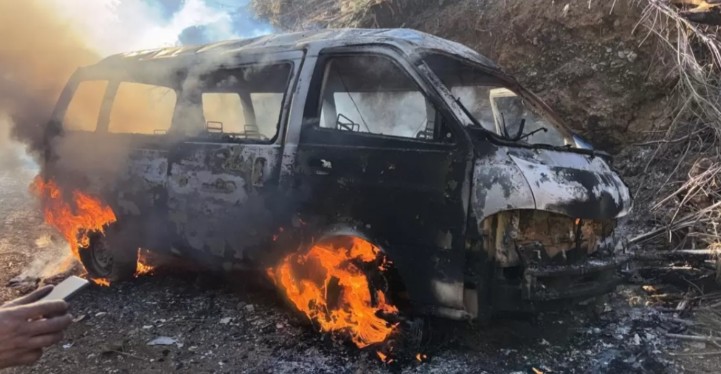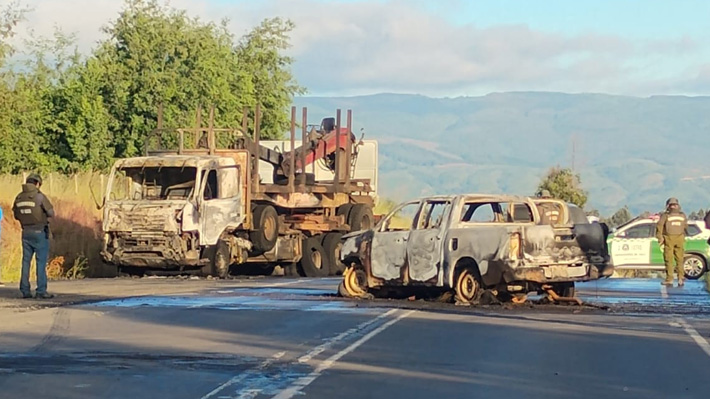Chile Introduces New Baseline for Forest Carbon Emissions
After two years of work, the National Forestry Corporation (CONAF) has developed a new baseline for forest carbon emissions, a management tool created as part of the National Strategy on Climate Change and Vegetation Resources (ENCCRV).
The Forest Reference Emission Levels (FREL/FRL) are part of Chile's commitments under the United Nations Framework Convention on Climate Change (UNFCCC). This tool allows the country to assess its performance in reducing emissions from deforestation and forest degradation, increasing greenhouse gas removals through sustainable forest management, and conserving and enhancing carbon stocks—an approach known as REDD+.
Specifically, the four regions included in emissions accounting and monitoring (Coquimbo, Valparaíso, Metropolitan, and O’Higgins) recorded a positive balance of carbon dioxide absorption, while the two regions in the southern zone (Aysén and Magallanes) showed the highest emission values due to degradation activities.
CONAF’s executive director, Aída Baldini, stated, "This new emissions baseline was developed considering the best available technical, institutional, financial, administrative, and management conditions, always striving to meet the principles of transparency, comparability, consistency, completeness, and accuracy promoted by the UNFCCC for greenhouse gas inventories."
The first FREL/FRL was voluntarily submitted by the country in 2016, establishing a subnational approach covering regions from Maule to Los Lagos, representing 41% of the country’s native forest area.
The updated and expanded FREL/FRL presented in 2024 was developed on a national scale, including 12 of Chile’s 16 regions, from Coquimbo to Magallanes, which encompass the country’s Mediterranean forests, temperate forests, and southern forests. These 12 regions cover 65.5% of Chile’s total land area, with nearly 50 million hectares hosting 99.3% of the country’s forests, representing all 12 nationally defined forest types.
The results of this new forest carbon emissions baseline are expressed in millions of tons of carbon dioxide equivalent (tCO2eq) emitted into the atmosphere annually, derived from the balance between emissions and removals monitored from deforestation, forest degradation, increases in forest carbon stocks, and conservation of forest carbon stocks.
Nationally, forest degradation is the largest source of emissions, including the impact of wildfires, the replacement of native forests with exotic species plantations, and human-induced forest degradation.
For more information on this new tool, visit the following link: https://redd.unfccc.int/media/nref_nrf_nacional_spanishversion_dec2023-.pdf

















